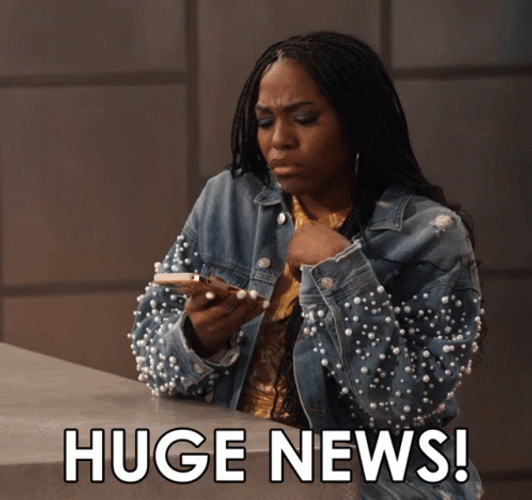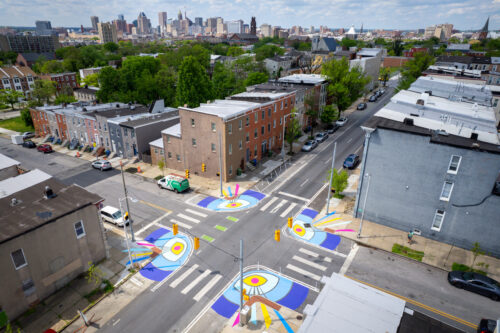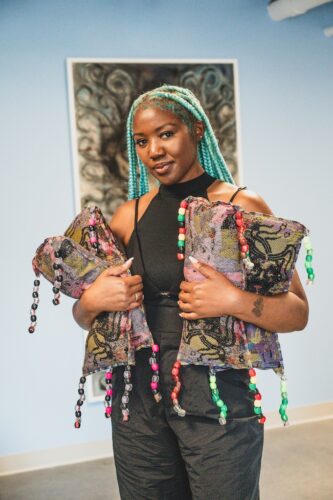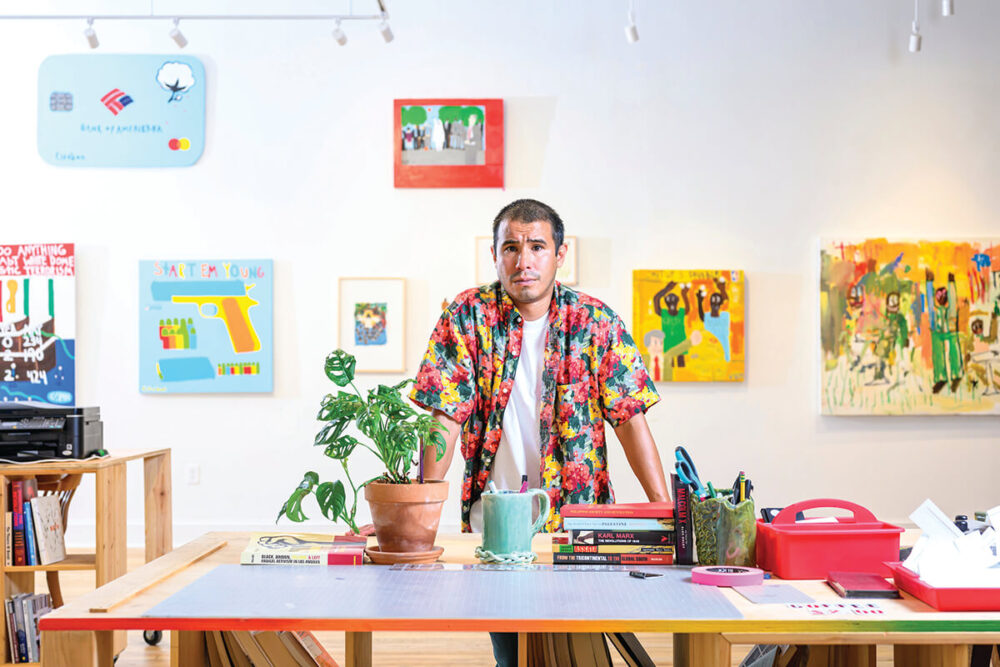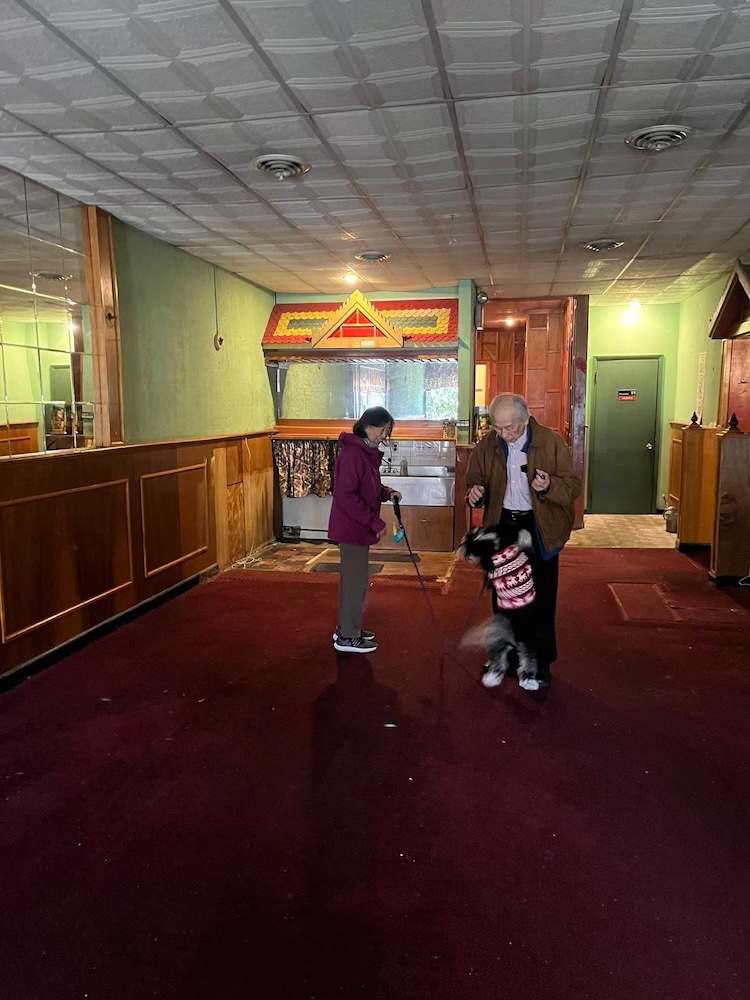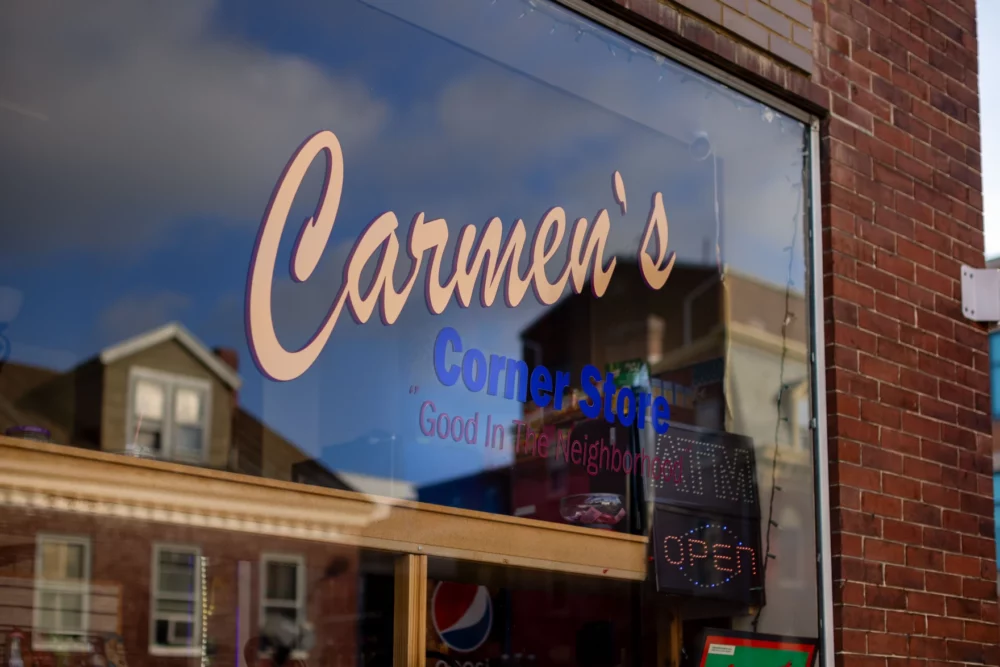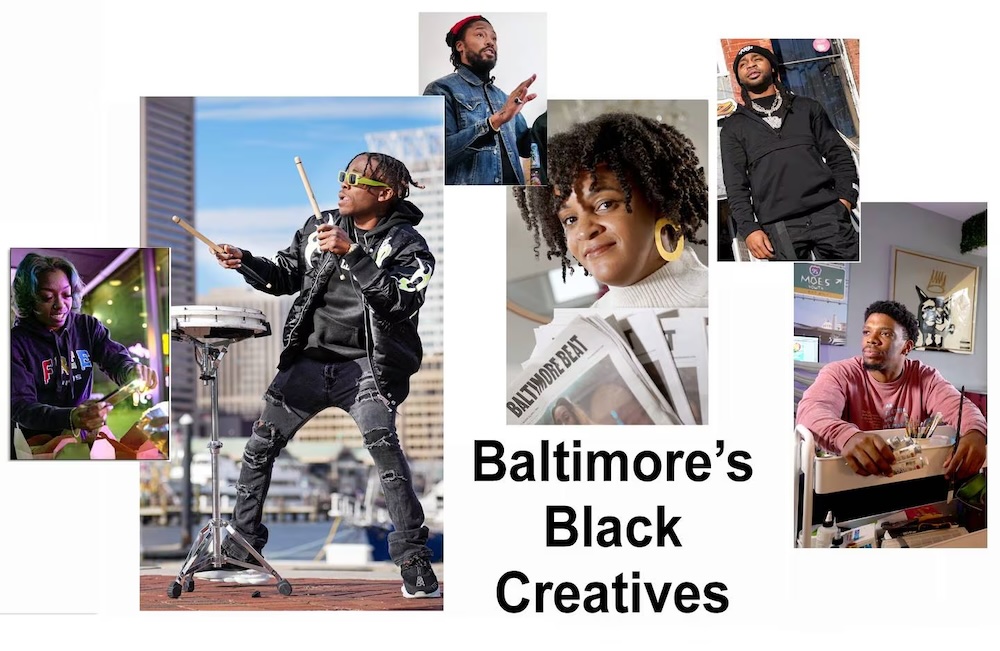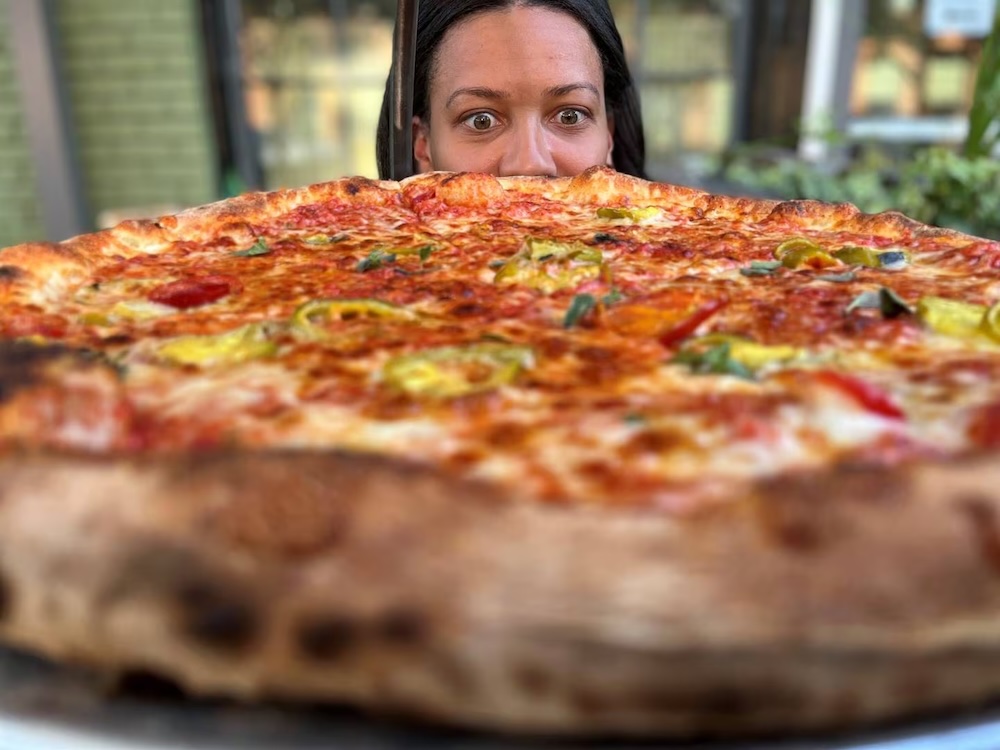Women Creators are Illuminated in a New Rare Books and Manuscripts Installation at the Walters Art Museum
BALTIMORE, MD (December 18, 2023, Press Release) – New on the Bookshelf: The Creative Power of Women, an intimate display showcasing recently acquired works by women, is now on view at the Walters Art Museum. Celebrating the creative power of women in the book arts, the installation features ten new additions to the Walters’ Rare Books and Manuscripts collection, revealing how creating with ink, paint, paper, and parchment can be an empowering and, at times, a rebellious act. This installation is the second in a two-part series introducing the new permanent manuscripts gallery and is on view through May 2024.
“The recent additions to the Walters collections on view in New on the Bookshelf: The Creative Power of Women allow us to celebrate the sweeping impact of women in the book arts at all levels. Each of these works were printed, illuminated, commissioned, designed, or written by women, and have the potential to shift the narrative around women creators,” said Julia Marciari-Alexander, Andrea B. and John H. Laporte Director. “Understanding these objects, the artists who created them, and why they were made reveals that these objects are not just artistic creations, but also a means of business and entrepreneurship and a way to preserve family, history, and identity. At the moment, there are several extraordinary exhibitions at local institutions—including at the Baltimore Museum of Art and the National Museum of Women in the Arts—that speak to the power of female creators, and this installment of New on the Bookshelf adds to this exciting and necessary conversation.”
Standout objects on view include three books printed by the Calderón-Benavides family: the Oracion panegyrica (1683), the Exaltacion Magnifica de la Betlemitica (1697), and the Distribucion de las Obras Ordinaria, y extraordinarias del dia (1712). A family tree detailing seven generations of the Calderón-Benavides family printers is included in the installation’s didactics, detailing the many women who ran the press across nearly 200 years.. This tree presents a visual guide to the collected works from the family and sets the stage for the exhibition to tell the story of “widow printers,” a term used for women who took on their husband’s printing presses after they died.
The stories in the exhibition also demonstrate how bookmaking and writing could be deceptively rebellious acts. Clothilde Coulaux, the scribe and artist of the Clothilde Missal, was a young woman living in German-occupied France. On its surface, the Clothide Missal is a beautiful and humorous book, but closer examination shows that Clothilde used her book to privately resist the German occupation, choosing to write in French as opposed to German, and including the figure of Joan of Arc, a symbol of French rebellion. Other stories include Frances Macdonald’s binding design, which features a sensual depiction of the Virgin Mary as a challenge to how 19th-century society viewed women; and a letter written by Sybby Grant, the enslaved cook of Dr. John Hanson Thomas of 1 West Mount Vernon Place, also known as Hackerman House, whose letter was considered rebellious for the mere acts of reading and writing, which were illegal for most enslaved people.
